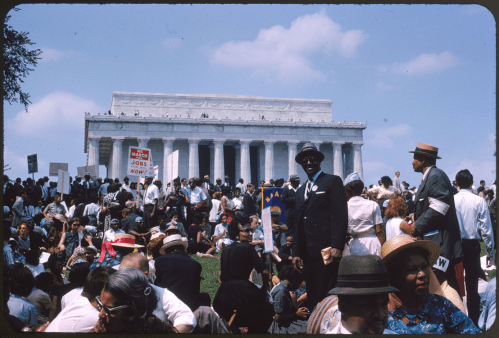INTRODUCTION
The intensification of the armed conflict in Colombia during the 1990s provoked the forced displacement of more than 2.4 million people[1]. The displacement phenomenon has extended throughout the national territory; with 97 percent of the municipalities[2] currently losing populations and a similar percentage receiving these internally displaced persons (IDPs). When this data is compared with the total national and municipal population, the importance of the humanitarian emergency created by forced displacement is evident. IDPs account for 5.4 percent of the national population and 21.8 percent of rural inhabitants. Moreover, the “pressure indicators” that are used to calculate the arrival of IDPs coming to a certain municipality in relationship to its total population, indicate the particular difficulties which medium-sized cities face in absorbing these considerable flows of migration. For example, Mocoa has received the equivalent of 33.3 percent of its native population in a space of five years from internal displacement, while Quibdó recorded inflows of 26.4 percent, Sincelejo 24.6 percent, and Florencia 20.3 percent. All of these municipalities, which already had problems providing services to their native citizens, received one additional displaced person for every 5 inhabitants in recent years – indications of a humanitarian emergency that cannot be addressed with the usual resources of a single municipality.
The Colombian State has responded to this emergency with the promulgation of a body of laws, decrees and other legal dispositions that outline assistance activities for IDPs, including prevention and socioeconomic stabilization, with a clear emphasis on emergency humanitarian aid. Although the design of the legislation may be adequate, its implementation has been slow and uneven throughout the different state and municipal institutions. This reality led the Constitutional Court to make a set of declarations and resolutions that oblige state institutions to comply with constitutional decisions.
The Declarations issued by the Constitutional Court, in particular Declaration T-025, and the growing magnitude of the displacement phenomenon have driven the National Government to strengthen its policies toward IDPs, including an increasing allocation of resources and assigning greater responsibilities to particular institutions. However, the design and implementation process for these special public policies designed to service IDPs has been slow because of territorial institutions. Territorial institutions include departments, districts, municipalities and indigenous territories. A number of reasons have been identified for poor implementation on the local front, including: the lack of political will, lack of financial resources, the need to respond to the needs of native inhabitants and few political incentives.
The objective of this study is to analyze the possible causes of slow implementation by local authorities of the special policies designed for IDPs. In order to meet this objective, we conducted a review of the relevant legislation and then examined four case studies. These case studies were based on interviews with relevant officials in each region and on existing documents, in the cities of Bogotá, Medellín, and Santa Marta as well as in the Department of Antioquia.
The document is structured in three sections. The first section reviews legislation regarding IDPs and analyzes the particular responsibilities among territorial institutions. The second section describes the conditions of the displaced population in the four case study regions and examines the policies that have been implemented in each of them. In the third section, we present our conclusions based on the results of the interviews and analysis of documents as outlined in the previous sections.
Download the complete report »
Tables, Graphs, & Charts: English Spanish
[1] www.accionsocial.gov.co: February 29 2008.
[2] Municipalities are the smallest administrative units in Colombia; departments are similar to states in the United States.

